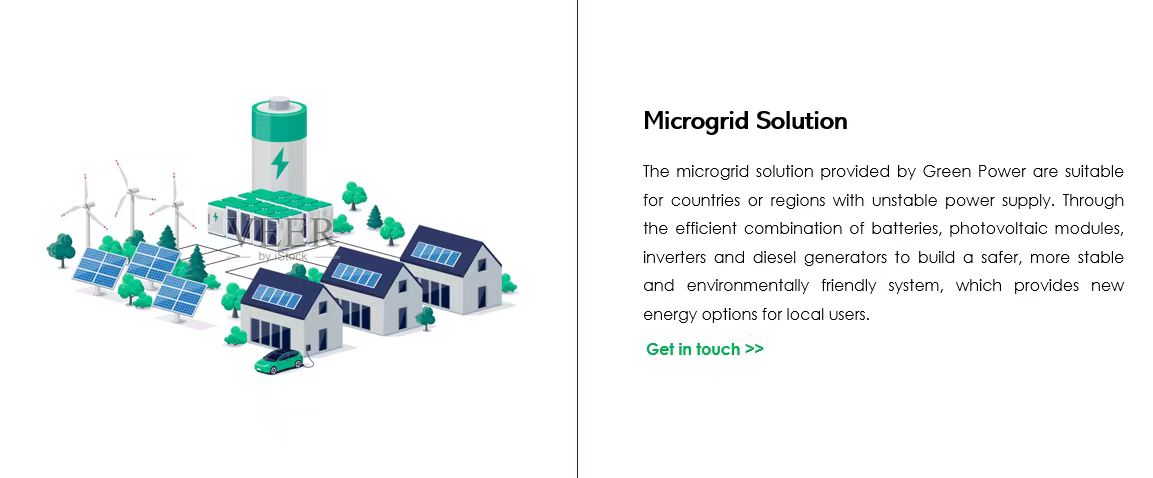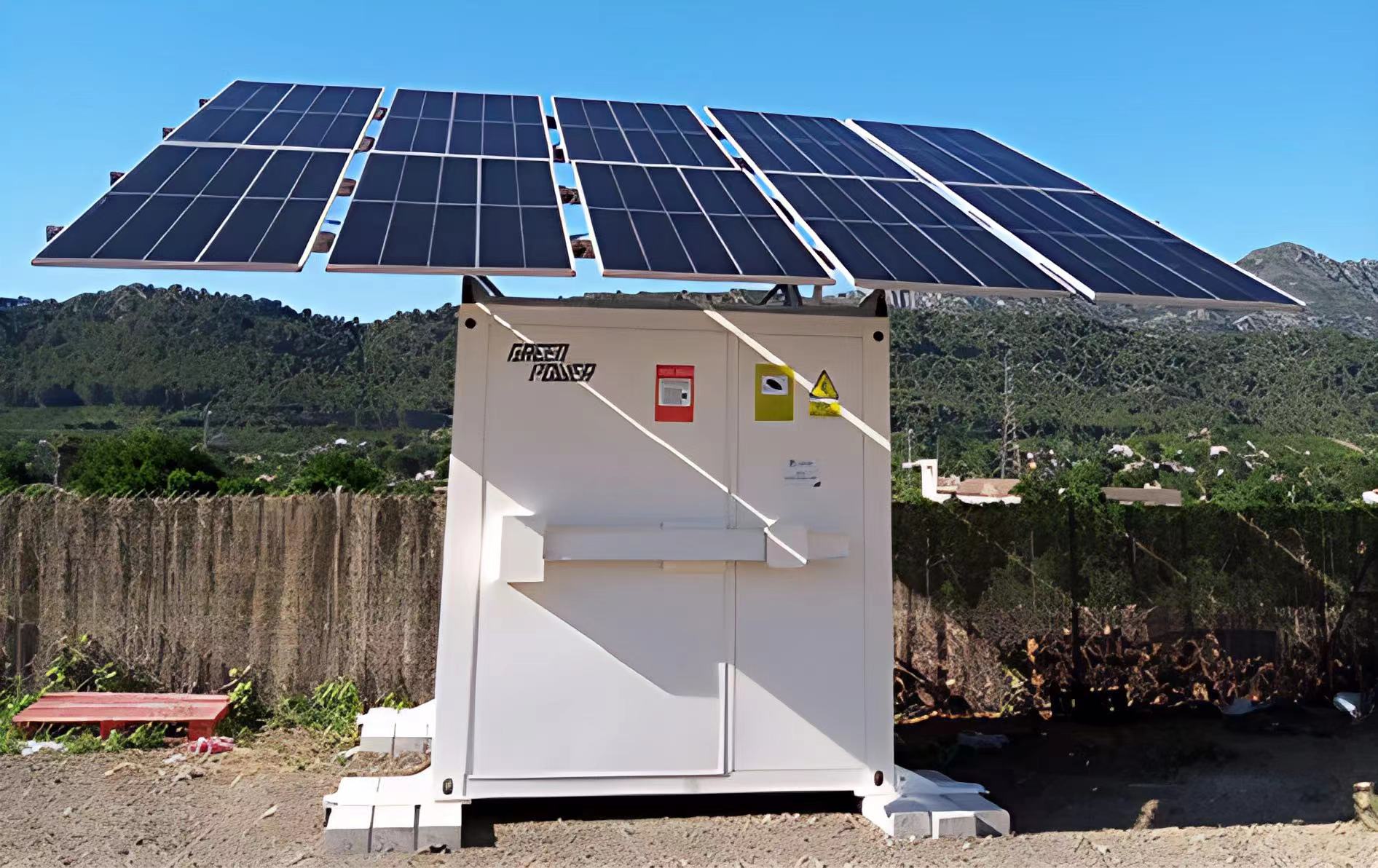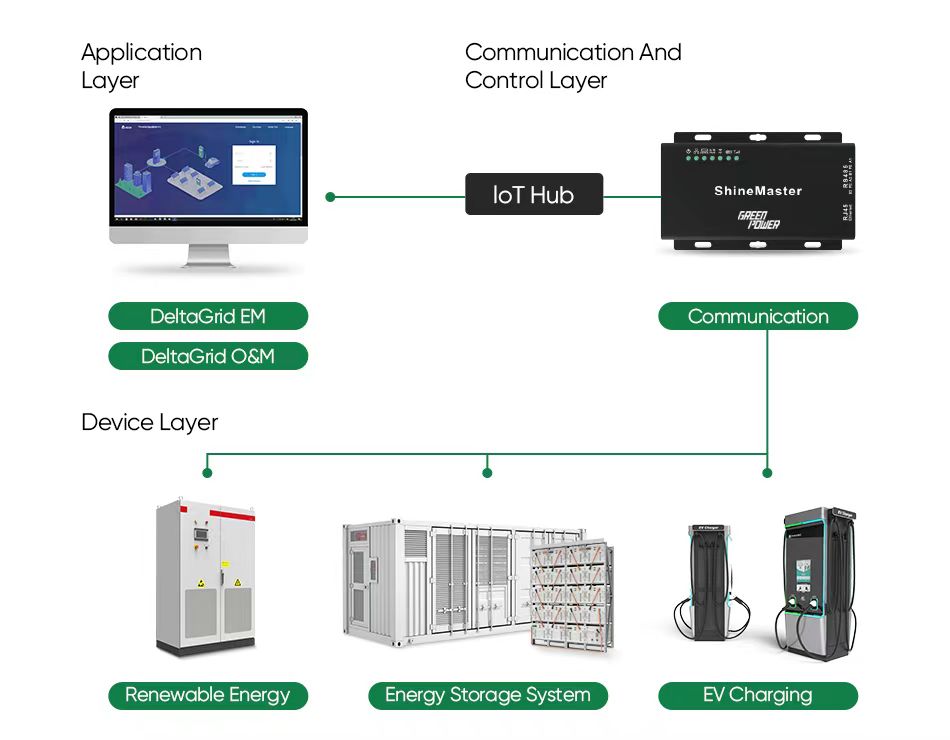Electricity access is vital for improving people's quality of life, enabling them to use refrigerators for food and medication storage, charge mobile phones for connectivity, light their homes and schools, and power local businesses. However, in Africa, 590 million people currently lack access to electricity, with the majority residing in rural areas, facing the risk of falling further behind.
Many of those who do have electricity rely on polluting, unreliable, and costly diesel generators. The solution to providing clean and reliable power to these rural areas often lies in solar mini-grid systems. Renewable energy mini-grids are emerging as a cost-effective and eco-friendly option for rural electrification in small, remote communities.
While the potential benefits are significant, there's no one-size-fits-all solution that works universally across African countries and communities. To address this challenge, governments, donors, and the private sector have established collaborative networks like the Africa Mini-Grids Community of Practice, aiming to promote knowledge sharing and overcome these hurdles.
In the following sections, we delve into the concept of mini-grids, their role in providing electricity to remote populations, and the challenges that need to be tackled to make them a reality.
What Are Mini-Grids?
Electricity access for rural populations can take various forms, including grid extension, standalone solar systems, and mini-grids. Grid extension involves stretching the national electricity grid to reach underserved communities. While this is cost-effective for densely populated areas near the existing grid, it becomes prohibitively expensive as the population density decreases.
For extremely remote areas, standalone solar systems can meet basic electricity needs, such as phone charging and lighting. However, they may not suffice for larger power requirements, like machinery and agricultural equipment.
Mini-grids bridge the gap, operating independently of the national electricity grid, and are particularly suitable for communities with small or isolated populations. These localized, decentralized electricity networks can provide a reliable power supply, tailored to the community's specific energy demands.
Components of the Solar Mini Grid system
Here are the key characteristics and components of an off-grid solar mini-grid system:
1.Solar Panel
At the heart of the mini-grid lies a state-of-the-art solar power generation system, boasting an impressive capacity of 25 kW.
A grid of solar panels, carefully positioned to maximize solar exposure, captures the abundant sunlight that bathes throughout the day.
These photovoltaic panels efficiently convert solar energy into electricity, generating a substantial amount of power to cater to the village's requirements.
2.Minigrid Battery Storage
Recognizing the need for uninterrupted power supply, the solar mini-grid incorporates a robust battery storage system.
During peak sunlight hours, surplus electricity generated by the solar panels is stored in advanced deep-cycle batteries.
This stored energy is subsequently utilized during periods of low sunlight or at night, ensuring a consistent power supply to the village, regardless of external conditions.
The battery storage system has been designed to withstand Nigeria's climate, ensuring durability and longevity.
3.Power Distribution Network
A meticulously planned power distribution network spans across the village, bringing electricity to every doorstep.
Power lines connect the central solar mini-grid system to various buildings, community facilities, and households, enabling them to tap into the renewable energy source.
Skilled technicians have meticulously installed transformers, metering equipment, and safety mechanisms to ensure efficient power flow, accurate measurement of electricity consumption, and adherence to safety standards.
Renewable Energy Mini-Grids Are Now Cost-Effective and Environmentally Friendly
Mini-grids powered by renewable energy sources, particularly solar panels, have become increasingly cost-competitive compared to diesel-powered grids. The localized nature of mini-grids allows for better alignment between power supply and local demand. Mini-grids are less susceptible to the power outages that often plague the main grid, ensuring a more reliable power supply.
This reliability offers numerous benefits, such as enabling businesses to extend their operating hours, clinics to maintain safe cold storage, and households to power appliances like refrigerators, fans, and phones. It's important to note that the impact of electrification goes beyond mere lighting; it extends to communication, such as access to TV, mobile phones, and the internet.
An illustrative example is the mini-grid in Abuja, Nigeria, powered by 126 solar panels, which provides electricity to 340 households as well as local businesses, schools, and health clinics. The testimonies from the community members highlight the transformative effect of this mini-grid on their lives.
Overcoming Challenges for Widespread Adoption of Mini-Grids
While the potential of mini-grids is evident, several challenges must be addressed to facilitate their widespread adoption:
1.Building the Case for Investment: Despite commitments to expand renewable energy in Africa, the required investment falls short of achieving universal electricity access by 2030. Capital is essential for the success of mini-grid projects, and addressing financing challenges is crucial. Governments often use grants and subsidies to offset initial infrastructure costs and accelerate the development of mini-grid markets. Private financing also plays a significant role but requires risk reduction to ensure a reasonable return on investment. A combination of appropriate policies and regulations is necessary to facilitate private sector participation.
2.Deciding Who Builds, Operates, and Maintains Mini-Grids: There are different models for managing mini-grids, including government-owned utilities, private developers, community-owned schemes, and hybrid models. The choice of model depends on various factors, such as the country's context and regional considerations. Each model has its advantages and disadvantages. Public models can secure funding and provide uniform tariffs but may leave out communities not included in national electrification plans. Private models reduce the government's burden but can face challenges in accessing subsidies and making projects financially viable. Initiatives like the Africa Mini-Grid Developers Association (AMDA) aim to address these concerns and promote private sector involvement.
3.Balancing Community Needs and Project Costs: Understanding the energy needs and payment capacities of households is critical for developers and utility companies. It is vital to engage with communities to set reasonable tariffs that ensure profitability while meeting the needs of the population. Community engagement, particularly with a focus on gender inclusivity, is a central aspect of this process.
A Potential Path Forward for African Governments
Renewable-powered mini-grids are essential for achieving rural electrification and emission reduction goals in Africa. To make mini-grids economically viable, governments should integrate them into national electrification plans and create a conducive regulatory environment. Initiatives like the Africa Mini-Grids Community of Practice provide valuable platforms for knowledge sharing and mutual learning.
Given the relatively low existing infrastructure in rural areas compared to other regions, African governments have the opportunity to lead the way by demonstrating that solar mini-grids can provide cleaner, more affordable, and more inclusive rural energy solutions.
GreenPower is always here for you and your new energy business:
Whatsapp: +86 18221155255
+86 17311228539
Email: Steven.Chen@fgreenpv.com
Info@fgreenpv.com
Post time: Nov-17-2023














